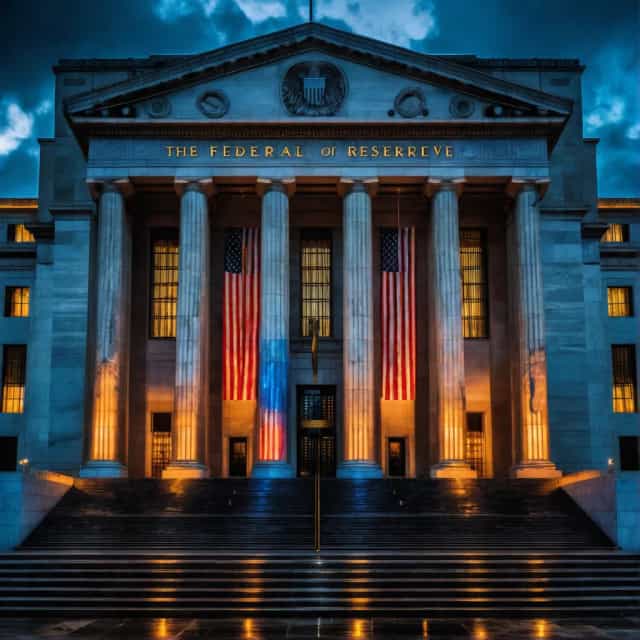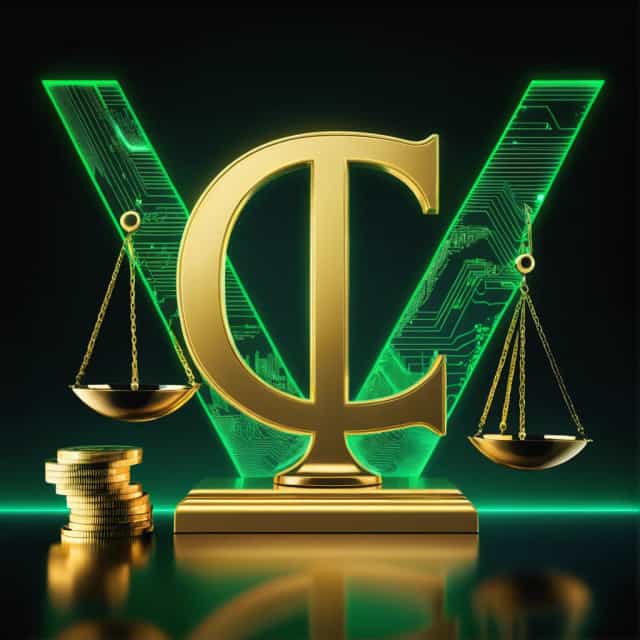
Image source: Block Media
U.S. House Considers Integrating CBDC Ban into Digital Asset Legislation
The U.S. House of Representatives is actively debating the inclusion of a prohibition on central bank digital currencies (CBDCs) within the framework of existing market structure legislation. This addition, fueled by concerns over potential surveillance and privacy violations by government-backed digital currencies, could significantly reshape the legislative landscape for digital assets. However, the implications of this move remain uncertain, particularly regarding its reception in the Senate, which has been pursuing independent legislative efforts in the same sector.
CBDC Ban Linked to Market Structure Bill in the House
To streamline the legislative process for suspending CBDC issuance, the House is exploring the integration of anti-CBDC provisions into the "Digital Asset Market Structure Clarity Act." This bill, which was narrowly approved in July, is seen as a vehicle through which CBDC restrictions could be effectively codified.
During a House Rules Committee hearing on October 16, legislators unveiled a draft proposal to include the “No CBDC Surveillance State Act” in the market structure bill through a legislative process known as "engrossment." By incorporating the CBDC prohibition into the final version of the market structure bill, the House aims to simplify the path for advancing this measure to the Senate.
Notably, House Republicans have pursued similar tactics in recent months. In July, they attempted to embed a CBDC ban within the stablecoin legislation known as the GENIUS Act, though this maneuver caused delays in the legislative process. Despite these setbacks, bipartisan support ultimately led to the House approving three interconnected bills: the market structure bill, the stablecoin legislation, and the CBDC prohibition. The current effort to link these measures again signals a unified approach to tackling digital asset regulation.
Challenges Await in the Senate for Revised Legislation
The Senate’s stance on the proposed revisions to the market structure bill, particularly the inclusion of a CBDC ban, remains uncertain. Republican senators have noted that the revised bill builds upon principles established by the original CLARITY Act but is now being presented as an independent proposal under a new title—“Responsible Financial Innovation Act.”
Senator Cynthia Lummis of Wyoming has been a vocal advocate for advancing digital asset legislation in the Senate. She expressed optimism about moving the bill through the Senate Banking Committee by the end of September. Additionally, Lummis hinted at the possibility of former President Donald Trump signing the legislation into law by 2026. Despite these remarks, the Senate Banking Committee has yet to schedule a formal vote on the measure.
The uncertainty in the Senate is compounded by ideological differences between the two chambers of Congress. While Republicans dominate both the House and Senate by narrow margins, they may still require some bipartisan cooperation to pass complex regulatory updates like the market structure bill.
Diverging Priorities: Senate Democrats’ Focus on Trump-Related Crypto Concerns
While both Democrats and Republicans have signaled interest in modernizing regulatory frameworks for digital assets, their focus and motivations differ significantly. Senate Democrats have prioritized addressing trust-related concerns within the cryptocurrency sector, particularly ventures linked to former President Trump and his family. They argue that these ventures, including Trump’s mining firm American Bitcoin, financial entity World Liberty Financial, and memecoin projects, have contributed to instability and skepticism in the industry.
Democrats have raised questions about whether the Republican-backed market structure legislation includes provisions aimed at addressing issues linked to Trump-related enterprises. Without clear measures to safeguard trust and transparency, winning Democratic support may prove challenging for Senate Republicans.
The timing of legislative progress further complicates the picture. With committee votes expected in the next two weeks, both Democrats and Republicans are racing to align their priorities while navigating competing ideological interests tied to the future of digital asset regulation.
Legislative Implications for the U.S. Digital Asset Sector
If the House’s efforts to merge CBDC prohibition into the broader market structure bill succeed, it could mark a significant step toward creating a clearer regulatory framework for digital assets in the United States. However, the outcome hinges largely on whether both chambers can reconcile their differing priorities.
While Republicans have argued for greater autonomy and transparency in the digital economy, Democrats appear focused on addressing concerns around ethical practices and industry trust. The legislative journey is far from over, but the unfolding developments represent a pivotal moment that could define the trajectory of digital asset regulation for years to come.










